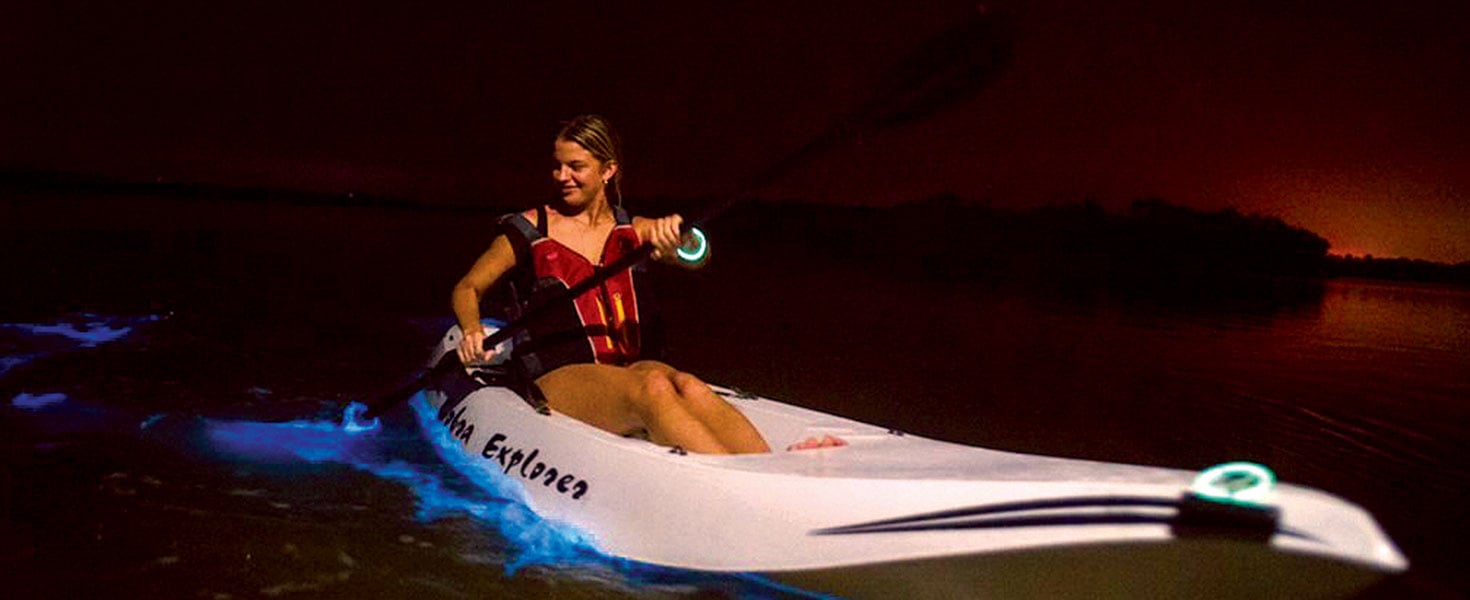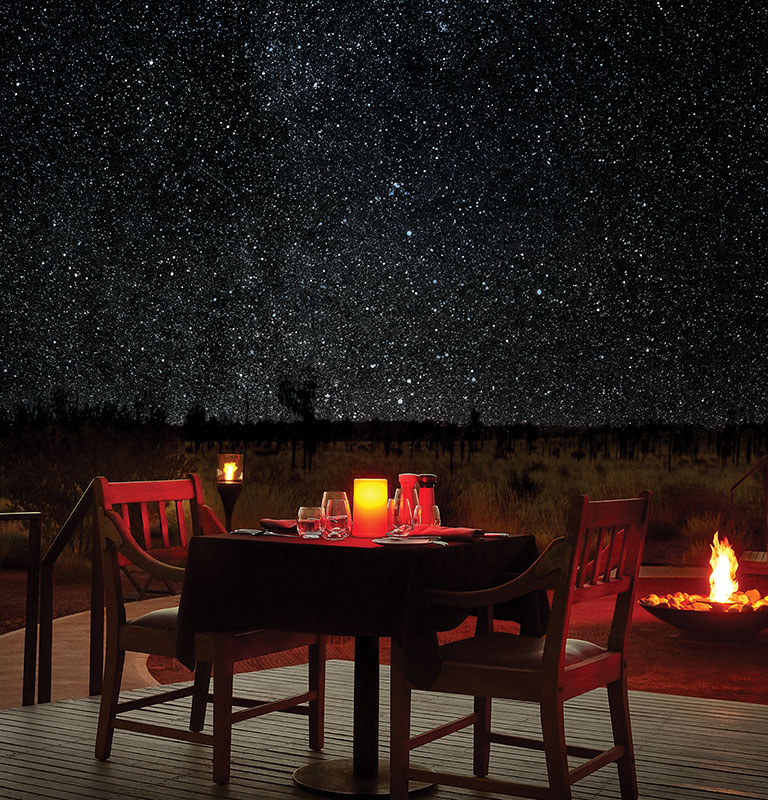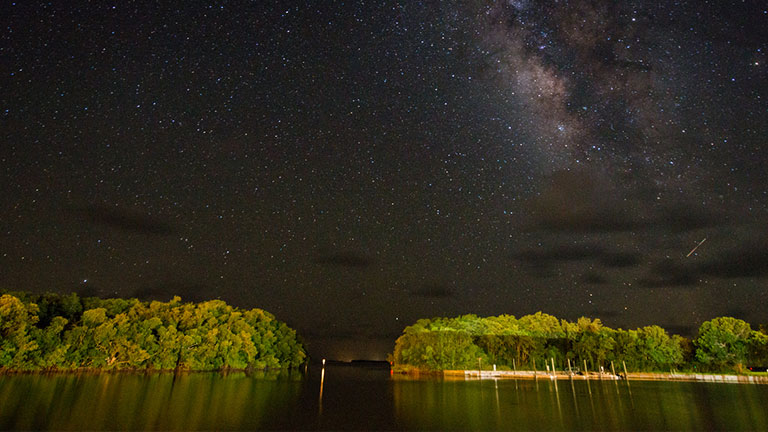After Dark: The Rise of Noctourism
Travelers are catching on to the natural wonders that arise when the sun sets


In Sedona, Arizona, the night sky isn’t just an afterthought, it’s now an amenity. That’s why Hilton Sedona Resort at Bell Rock offers suites outfitted with private outdoor fire pits for cozy dark-sky views, and they’re booking fast. It’s a signal that travelers are rethinking the role of night, and they’re spending to experience more of it in a trend dubbed “noctourism.”
Across the US, communities are securing certifications from DarkSky International, and well-placed hotels are hiring astronomers as crowds clamor to view unspoiled night skies. Deserts are clear candidates, but heavily forested states like Maine, where Katahdin Woods and Waters National Monument carries the elite status of Dark Sky Sanctuary, are also emerging as leaders in the movement.

A 2023 Pew Research Center study found that 23 percent of Americans watched an astronomical event in the previous year, and 26 percent used a telescope. With star-fever surging, sleeping under the open sky is no longer fringe, but luxury. At Longitude 131º in Australia’s Uluru-Kata Tjuta National Park, the signature starlight dinner combines open-air fine dining with a sweeping southern sky, and guests have private beds set for a cushy gaze or a slumber under the twinkling sky. The resort credits the outdoor experience as a key driver of international bookings.

Back in the US, Sawgrass Recreation Park in Florida’s Everglades is seeing bookings for nighttime airboat tours up 20 percent over last year as guests seek the thrill of spotting glimmering gator and croc eyes on the water’s dark surface.
On Florida’s Space Coast, night unveils an almost otherworldly glow when summer brings bioluminescent magic. Here, dinoflagellates and comb jellies light up Indian River Lagoon, Mosquito Lagoon and the Banana River with each paddle stroke, and kayak tours sell out quickly.
Of course, 2024’s impressive solar activity drew newfound northern lights appreciation as they became temporarily more accessible to Americans, but savvy noctourists are finding even more to spot overhead. In South Carolina, Congaree National Park’s synchronous firefly display is now so popular it takes a lottery win to witness the rare phenomenon that sees thousands of fireflies blinking in unison.
Noctourism isn’t a fleeting trend. It reflects a shift in how travelers engage with the world and a recognition that natural phenomena don’t cease when the sun goes down. In fact, some of the best exist only after dark.
